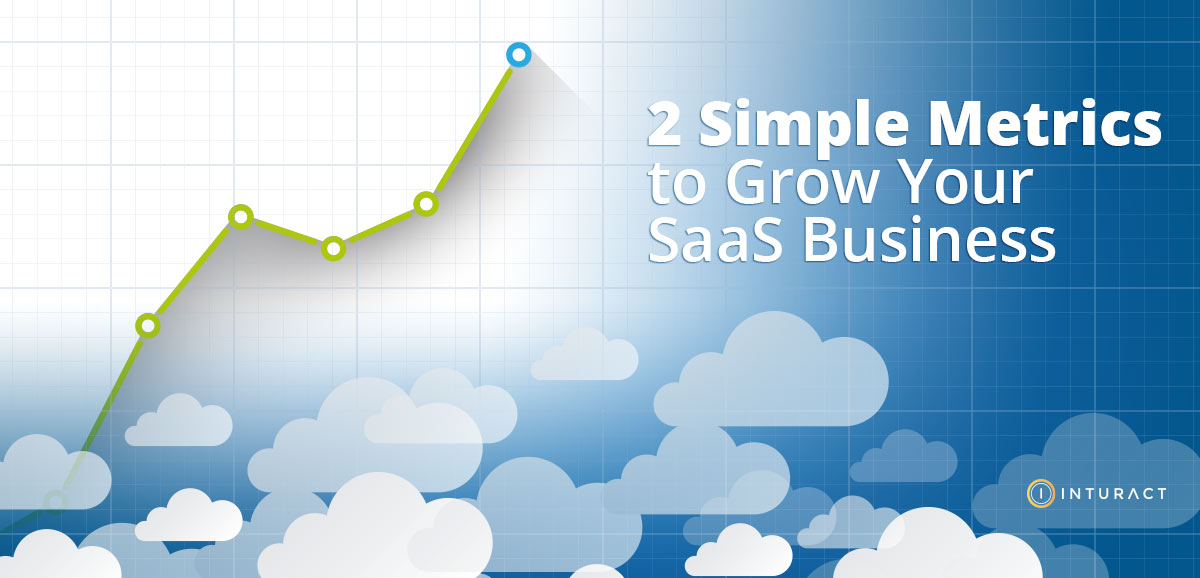
Metrics are the magic beans to growing your SaaS business. But not just any numbers will get you from the ground to the clouds - it’s crucial to use formulas made especially for re-occurring revenue businesses since they take into account the facts that make your sales strategies and income situation unique. Here, we’ll examine the metrics needed to find the cost to acquire a new customer and the lifetime value of a customer.
The Complexity of a Saas Business
Traditional models of metrics simply don’t work for a SaaS business. When you provide a subscription based service, you must have some way to measure the cost to acquire a new customer while including churn rates and monthly reoccurring revenue.
With a SaaS business, the revenue comes in over an extended period of time, meaning the profit can increase or decrease quickly. SaaS business owners must calculate both the potential for expansion revenue as well as lost investment on customers who cancel services.
Why Use Metrics?
Metrics provide SaaS businesses with the concrete knowledge needed to measure profitability. If you’re doing well, you can pinpoint which exact areas of your business are succeeding. If things aren’t going as swimmingly as you hoped, having real numbers will help you create a new game plan.
The Metrics Themselves
First, remember reoccurring revenue businesses always have two types of sales at play: the sale to acquire a new customer and the sale to keep the customer. These metrics were designed with those two factors in mind.
The CAC metric, used to determine the cost to acquire a customer, is essential for any SaaS business. There is much debate around this metric. Read more about when to really start worrying about CAC here.
To solve CAC, you’ll need to have two numbers on hand: the sum of all sales and marketing expenses and the number of new customers added.
Startups should only use a portion of the sum of all sales & marketing expenses while the number of new customers is low. As your business grows, you may plug in the exact numbers to get a fuller picture of the CAC.
To find the lifetime value of a customer, you’ll first need to determine the average customer lifetime as displayed below:
If expansion revenue is not expected, use the following formula to find the lifetime value:
Or
Expecting expansion revenue? Then, this formula should be able to help you out:
Just plug in the variables with the following information like you did back in Algebra class:
a = Initial ARPA per month ( x GM %, if you prefer)
m = Monthly growth in ARPA per account
c = Customer Churn Rate % (in months)
Aim to keep your LTV to CAC ratio above three. You can calculate it this way:
Finally, it’s valuable to know just how long it will take you to recover that initial cost to acquire a customer. Two formulas are available. Include a gross margin to yield the most accurate results.
This collection of formulas should be included in any guidebook to running a SaaS business. Don’t tuck them away after your business begins to grow. Plug in the changing numbers to measure for scale and keep a running record of your company’s profitability potential.
Looking to reduce your customer acquisition cost? Read more here!


